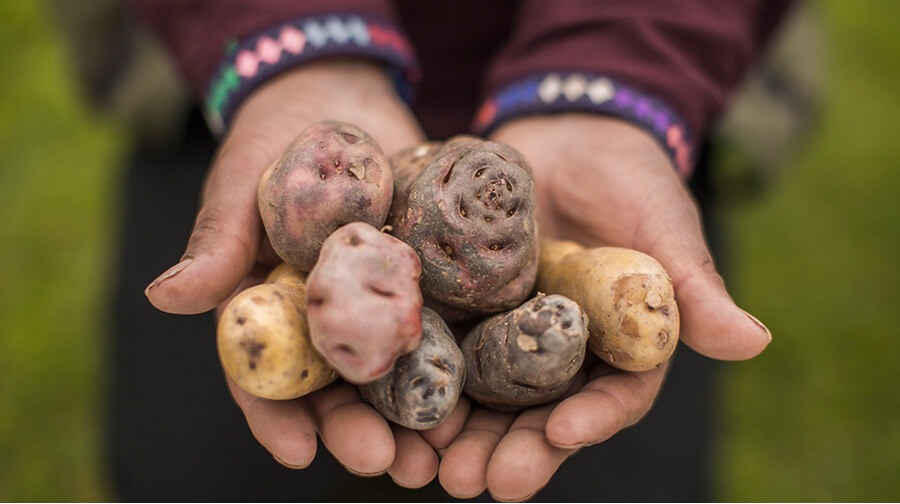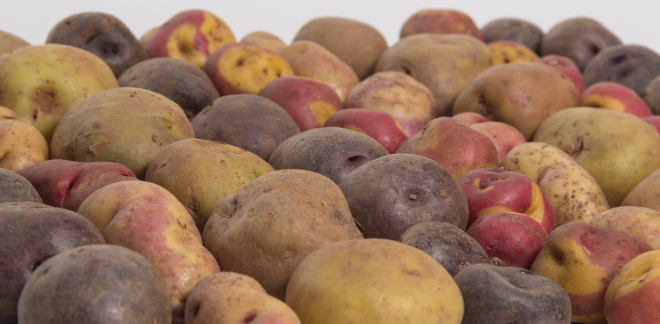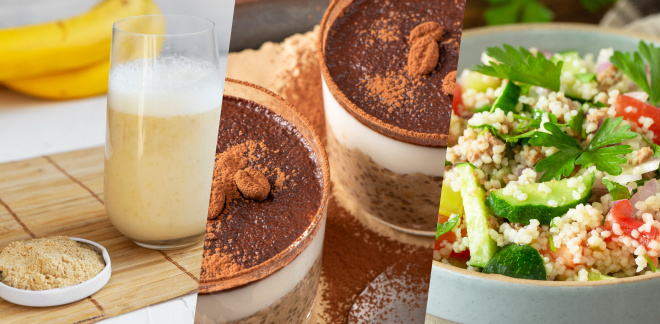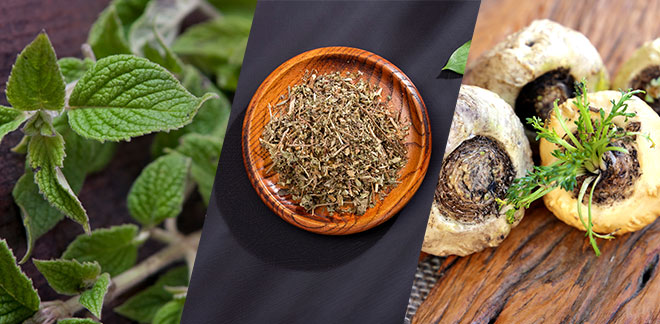The potato: nutritious tuber of Andean origin
Síguenos en:Google News
On May 30, Peruvians celebrate "National Potato Day", as a way to reassess this tuber of Andean origin. Potatoes are currently grown in more than 130 countries, and our country is the largest producer in Latin America.
Their cultivation in Peru provides a living to more than 711,000 potato-producing families in 19 regions, according to information from the Ministry of Agriculture and Irrigation (Minagri). Potato production amounted to 5.1 million tons in December last year, 90 % of which was destined for the domestic market and 10 % for export.
Local demand has shown progressive growth in recent years, from 76 kilos, which was the average consumption per person in 2005, to 89 kilos in 2017. The aim of Minagri now is to increase this consumption and achieve 92 kilos in 2021 (the year of the Bicentennial); with the aim of raising the food and nutrition quality of the population.
A bit of history
This tuber is approximately 8,000 years old, and probably originated from near Lake Titicaca. According to research by the FAO, hunters and harvesters domesticated the wild potato plants around the lake.
For pre-Hispanic cultures, the potato was vital in feeding the population. The first processing was carried out by the Andean settlers, dehydrating this tuber to make chuño. The occupation by the Spanish caused the potato to later arrive on European soil, between 1565 and 1570.
Then came Taiwan around 1603, reaching as far as China. It was the Portuguese who took it to India in the 17th century. A century later it appeared in Bhutan, Nepal and the Philippines. It reached East Africa around 1880 and the Middle East in the second half of the 20th century.
Today, according to the International Potato Center (CIP), this tuber is the third most important food crop in the world in terms of human consumption, after rice and wheat.
Nutritious tuber
With the scientific name of Solanum tuberosum, the potato is one of the foods that provides the body with important nutrients. It also provides a lot of energy, with little fat, similar in value to fruits and vegetables, owing to its high carbohydrate content.
In the case of native potatoes, some important benefits can be attributed to their consumption. They have antioxidant power; thanks to their carotenoids and polyphenols, they help to prevent degenerative and age-related diseases. They also have anti-inflammatory properties, combat digestive problems and protect the body against stomach cancer thanks to their anthocyanin content.
Potatoes provide large amounts of vitamin C, in addition to minerals such as iron and zinc, which help combat malnutrition.
Potatoes with yellow flesh have a high concentration of zeaxanthin, a carotenoid that protects against visual loss, while purple and red potatoes have antioxidant properties.
Potato varieties
There are more than 3,000 varieties of this tuber in our country, including the following:
Sumac Soncco, the flesh has a ring and its skin can be cherry red. The flesh is a yellowy cream and red color.
Leona, this has a bluish flesh and a dark skin with cream-colored marks.
Peruanita, with red and yellow skin and yellow flesh.
Huayro, characterized by its red skin and bright yellow center.
Cacho de buey, purple skin with creamy spots and smooth red skin.
Amachi, blackish skin with purple flesh.
Azul Sunqu, blackish skin with purple and white flesh.
Did you know?
- National Potato Day was established in 2005 by resolution R.S. Nº 009-2005-AG, with the aim of reassessing the potato as an expression of ancient Andean culture and an example of agrobiodiversity.
- Peru produces more than 3,000 of the 5,000 varieties of potatoes that exist in the world.
- The most widely consumed potato by Peruvians is the canchán, also known as rosada; this being due to its low cost.
Sources: Servindi/ FAO/ Andina/ Perú 21/ RPP/ cipatato.org








